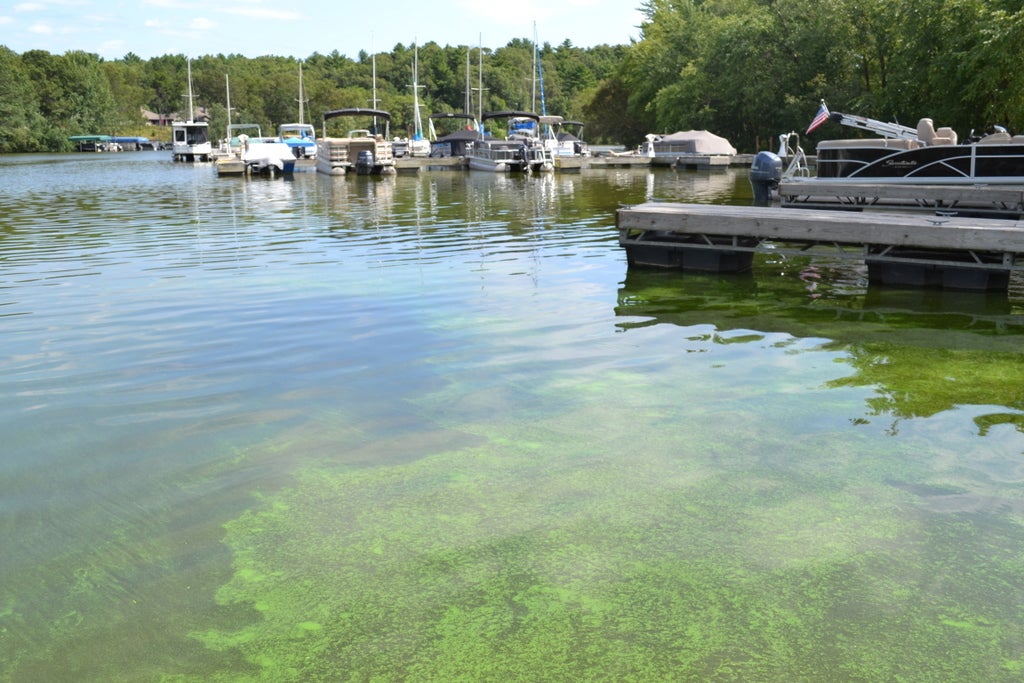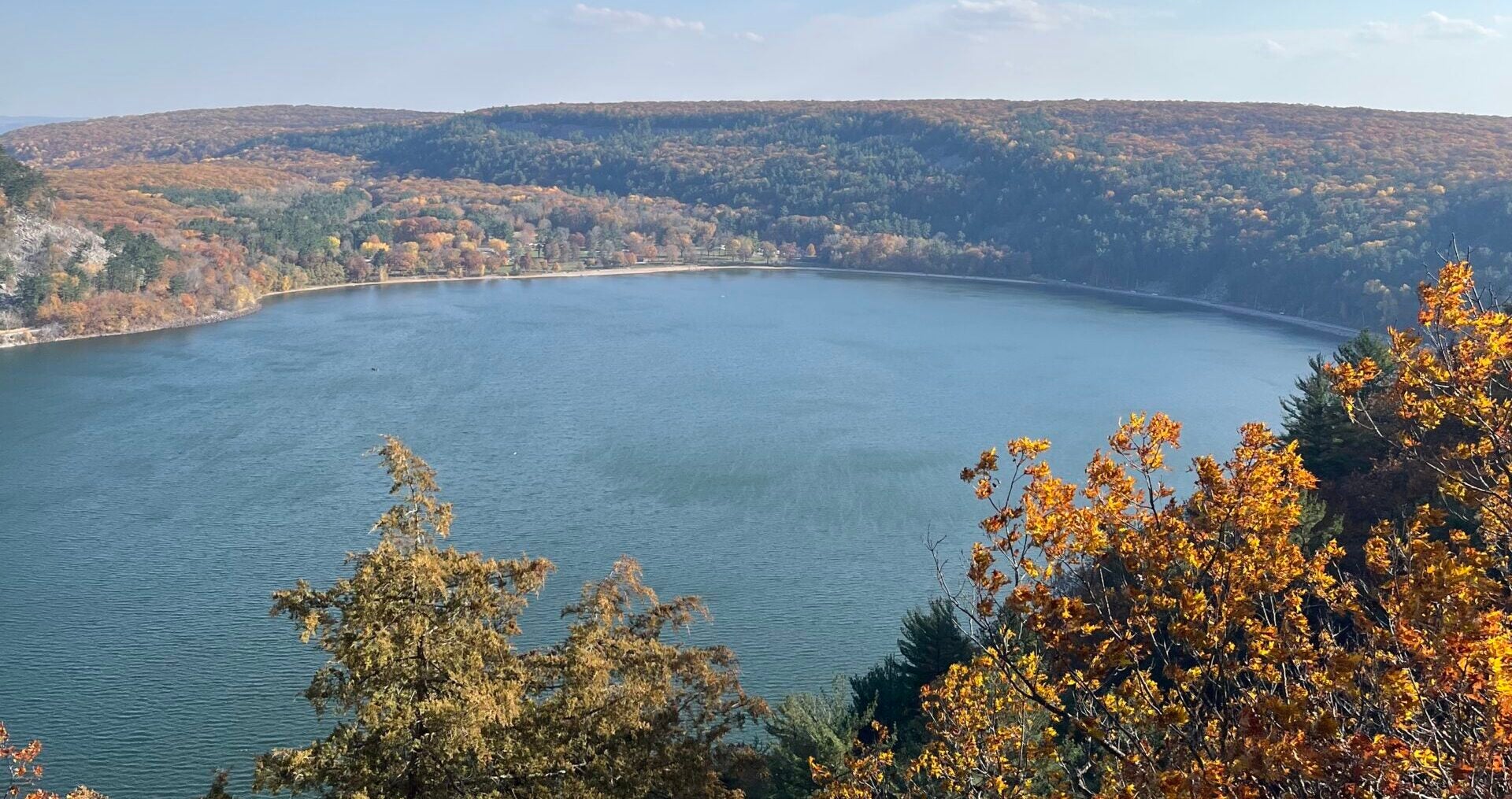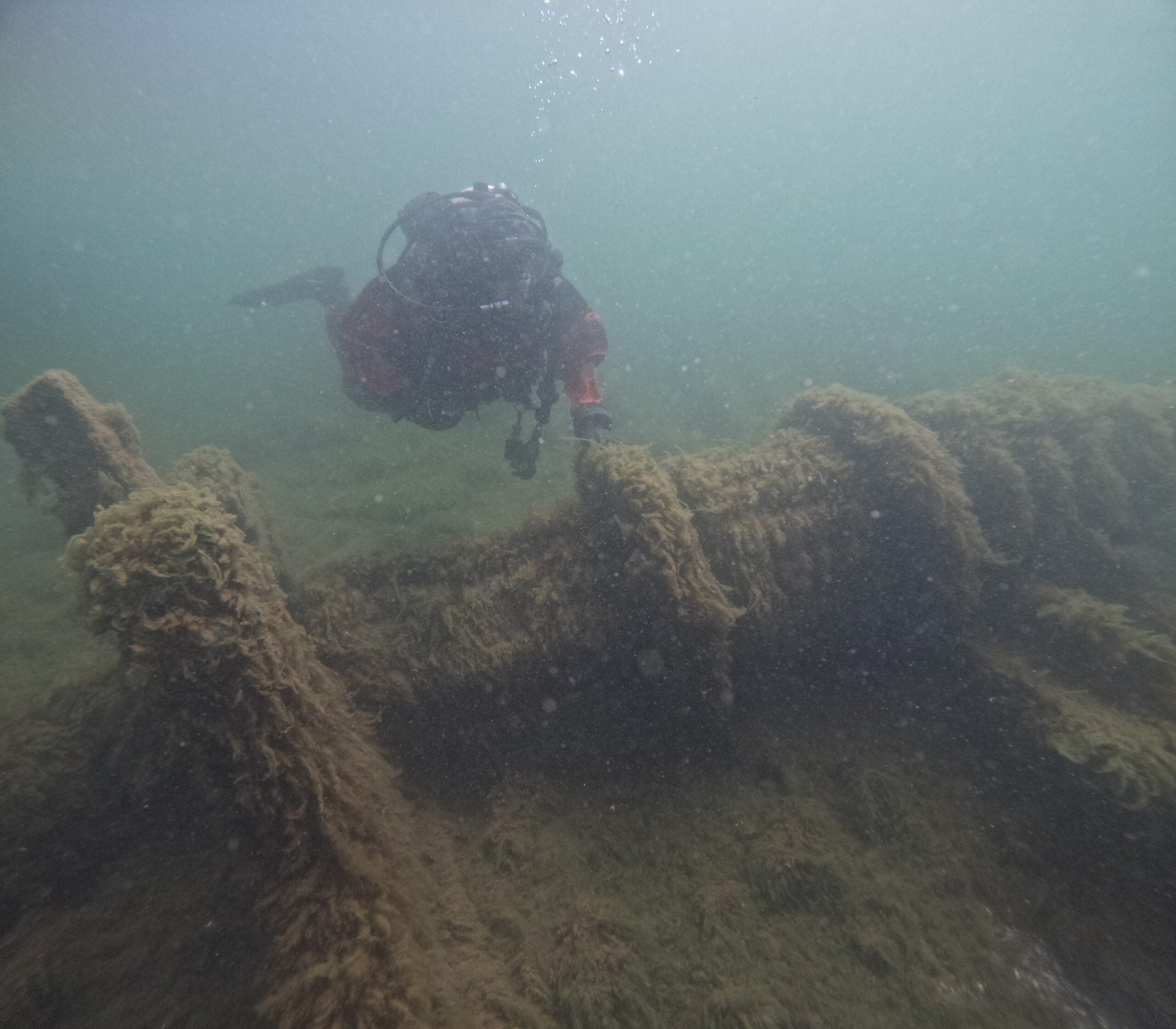The Wisconsin Department of Natural Resources has come up with a plan to cut the amount of phosphorus pollution going into the Wisconsin River watershed.
The plan is designed to reduce the amount of toxic blue-green algae that forms each summer in the river’s flowages and can be harmful to aquatic life and humans.
Kevin Kirsch, a water resource engineer with the DNR, said the algae is fed by phosphorus from farm runoff and wastewater treatment plants.
News with a little more humanity
WPR’s “Wisconsin Today” newsletter keeps you connected to the state you love without feeling overwhelmed. No paywall. No agenda. No corporate filter.
“The DNR is required, under the Clean Water Act, to draft restoration plans for impaired waters,” Kirsch said. Approximately 4.5 percent of Wisconsin’s waters do not meet standards due to pollutants.
The plan would affect a wide swath of the state.
“This proposal impacts the area north of Lake Wisconsin all the way up to the headwaters at the Wisconsin-Michigan border, so it encompasses roughly 9,000 square miles,” Kirsch said.
The area includes 21 counties, 85 cities and villages, and “approximately 108 individually permitted wastewater facilities,” he said.
Phosphorus runoff has been blamed for algae blooms in Lake Petenwell and the Castle Rock Flowage, and for fish killed in the Big Eau Pleine Reservoir near the City of Mosinee.
Rick Georgeson, a homeowner on Lake Petenwell, said the algae has impacted recreational users.
“The water is just not fun to be around. It smells too bad. You can’t swim in it. It’s hard to fish in,” Georgeson said. “There’s lots of people who vacation on the lake for a week or two, and their family vacations are cut short.”
Georgeson said the algae also impacts the value of lakefront property.
“It can become so messy and so smelly that you just have to keep your windows closed. You can’t go out on the deck and cook out. You can’t play in the yard. You’ve got to be inside,” he said.
Georgeson and the citizen action group Petenwell and Castle Rock Stewards, or PACRS, lobbied state lawmakers to undertake a study of the watershed in 2009, which led to the phosphorus reduction plan.
Kirsch said the plan would cut the Total Maximum Daily Loads, or TMDL, of phosphorus by 63 percent for Lake Petenwell, 84 percent for the Big Eau Pleine Reservoir, 49 percent for most of the Castle Rock Flowage, and 60 percent for the Yellow River arm of Castle Rock.
He said the reductions would be met through existing regulatory programs.
Wisconsin Public Radio, © Copyright 2026, Board of Regents of the University of Wisconsin System and Wisconsin Educational Communications Board.




